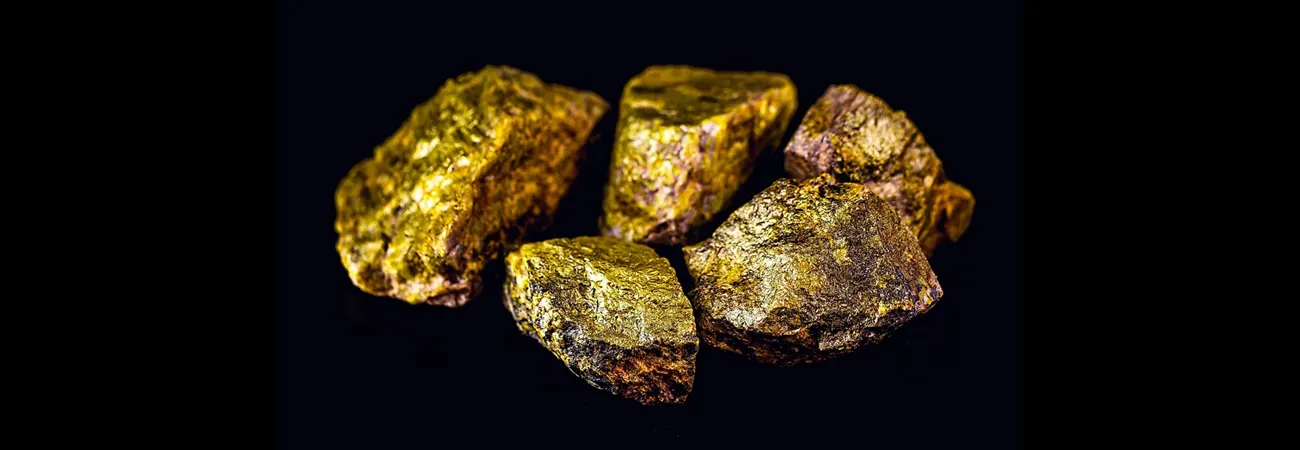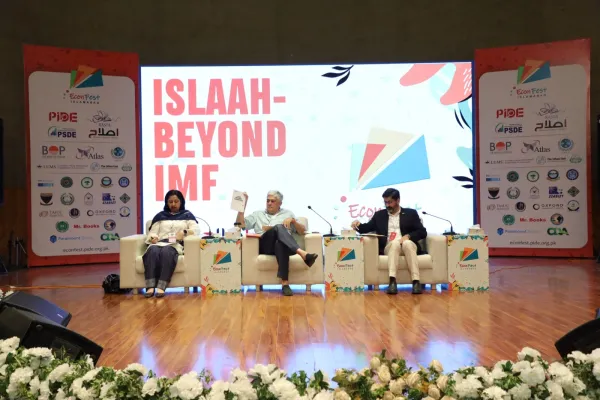i ECONOMY
Balochistan – the southwestern province of Pakistan – has vast reserves of magnesium, which remain underexploited, reports WealthPK. Magnesium carbonate aka magnesite, is a naturally occurring mineral and one of the key sources to produce magnesium oxide (MgO) or magnesia. It is the eighth most abundant element in the earth’s crust, present in a range of rock formations such as dolomite, magnesite and silicate. Pakistan owns the 11th largest magnesite reserves in Khuzdar and Muslim Bagh areas of Balochistan and in one or two areas of Khyber Pakhtunkhwa. These reserves are estimated to be around 12 million metric ton. Pakistan exports most of its extracted magnesite, around 31,856 metric ton (MT), and generates $1.6 million revenue.
Owing to the lack of calcination facilities, most of magnesite is exported to other countries. However, only a handful of firms are producing low-grade calcined magnesia. The country imports 2003 metric tons of magnesia, costing around $1.4 million, to meet the domestic industry’s requirements. In 2021, the market volume of magnesium oxide amounted to approximately 13.4 million metric tons worldwide. By the year 2029, this figure is forecast to grow to around 19.6 million metric tons. In 2021, the market value of magnesium oxide reached around 4.8 billion US dollars. China has dominated the magnesium oxide market for decades. Magnesium oxide nanoparticles can be applied in electronics, catalysis, ceramics, petrochemical products, coatings and many other fields.
Magnesium oxide nanoparticles can be used along with wood chips and shavings to make materials such as sound-proof, light-weight, heat-insulating and refractory fiber board and metallic ceramics. The chemically inert dead burnt magnesia is created in the rotary kiln by sintering raw magnesite at a controlled temperature of 17,500 °C to 21,000 °C. “Magnesite is among those minerals that are being exploited rapidly, without any benefit to the domestic industry or economy,” said Zia Rind, Director Magnesium Wing Balochistan Mineral Department, while talking to WealthPK. Pakistan exports much of magnesite ore to other countries, while it imports its intermediary or final products such as caustic calcined magnesia, dead-burned magnesia, and fused magnesia from the international market.
“Magnesium mining is still largely informal; its formalization will bring financial benefits through financial inclusion and PSDP budget allocations and provide opportunities to the investors by raising funds from various banks. “If these steps are taken, it will ensure sustainable supply of magnesite to the domestic industry and stabilize the price of magnesia. The production of magnesia should be brought on a par with the international standards, while keeping the environmental concerns in view,” he said.
Credit: Independent News Pakistan (INP)









